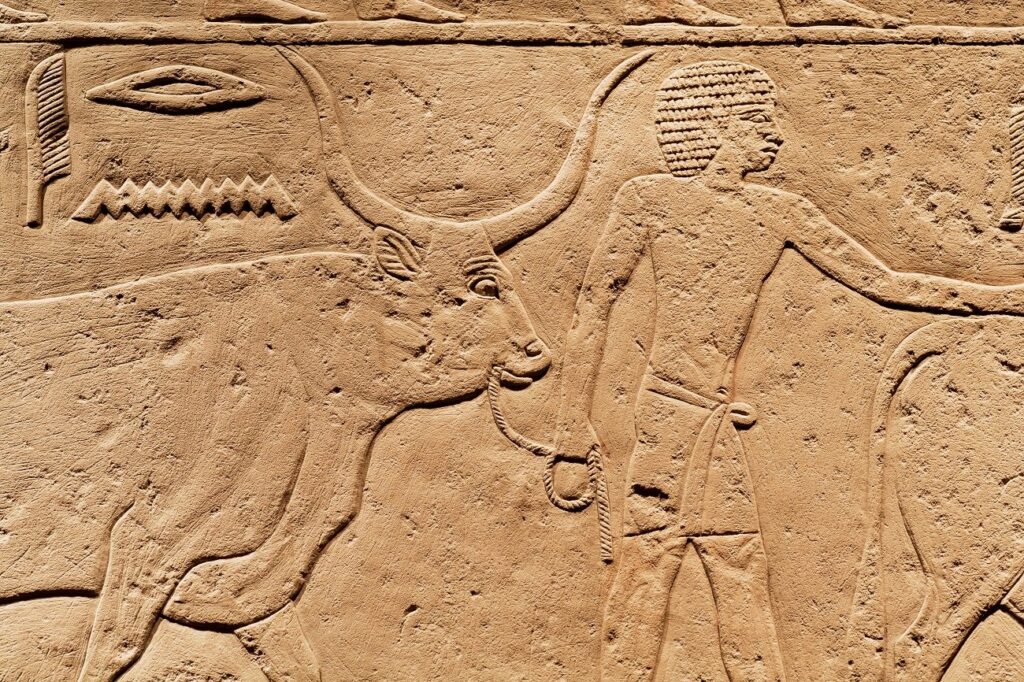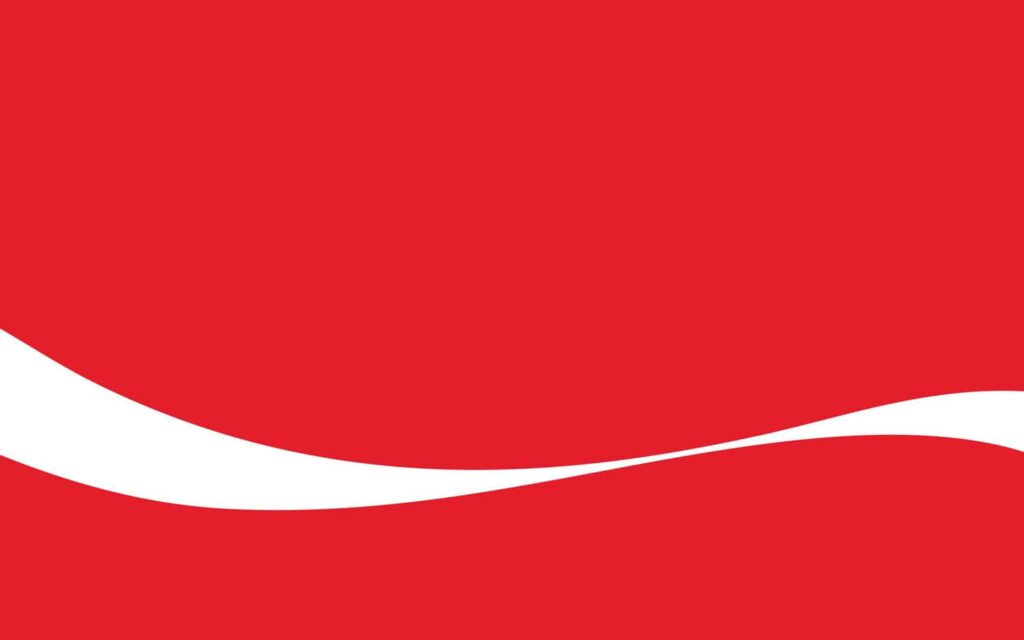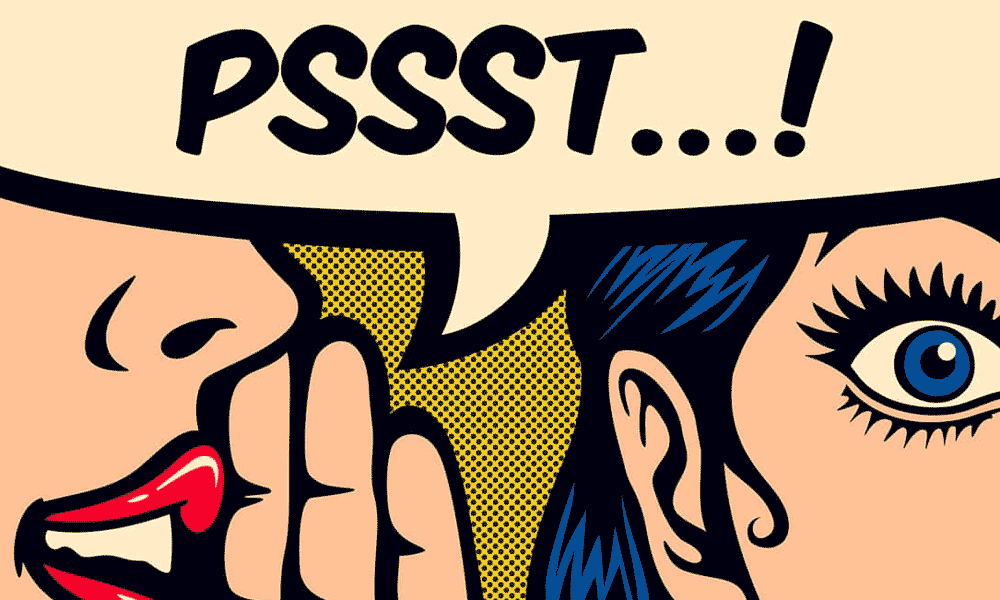Custom Product Development: How Branding Is Important
Take a minute to think about the modern consumer. It should not be difficult because you are one of them. When you walk into the supermarket, there are rows of products. Some you are familiar with because you use them or have grown up seeing them. Otherwise, you don't bother them because they are new to you.
The same applies to online eCommerce platforms. A cursory search for a product will bring up so many different options. What your mind will conjure, at this point, is a very cluttered marketplace. A space where everyone shouts at the top of their voice, hoping to get recognition.
Now, let's say you are a business owner. The biggest challenge you have is to find some space in the clutter. Once you do, you must do all you can to break above it. And that is the crucial role of branding in custom product development.
If you have never asked yourself how important branding is, the following statistics should be interesting. A typical customer needs five to seven impressions to remember a brand.
Using one colour palette can improve brand recognition by up to 80%. 59% of customers would instead buy a new product from a brand they trust.
Our article delves into the importance of branding. Let's see what exciting insights we will uncover. But first, let us start by defining the whole concept.
Table of Contents
Tracing the Origin of Branding

Think of brands you can recognise even without seeing the product. Few people will not know the Mercedes or Toyota logo. It doesn't even matter whether you have been in one or not. The same applies to Coca-Cola, Apple, KFC, McDonald's, and Nike.
We can all agree that these companies have perfected the art of branding. They may not know that the history dates back to about 3,000 BC. Egyptians were one of the first people to brand their cattle. The word brand or ‘brandr' in Old Norse means sword blade and fire.
Modern branding as we know it today goes back to the 1750s during the Industrial revolution. The first brand trademark belongs to Bass Pale Ale, followed by Guinness and Coca-Cola.
During this time, there was an increase in competition amongst brands. There was also the entry of generic mass-produced products.
Local merchants had to protect their turf by making it easier for the customers to identify their products. Thus, it was not uncommon to see logos on transport barrels and individual products.
Indeed, the same applies to date. Companies invest millions of dollars in all types of product packaging. Prominent displays of company symbols are critical. Now we have packaging with magnetic closures, angle boxes and sewn products to create memorable iterations of brand logos.
Uncovering the history of branding is quite fascinating. But, not to stray from the main gist of this topic, we will leave it there. Please jump onto Google to uncover more.
Exploring the Concept of Branding

So, now that we know its origin, what is branding? By its simplest definition, branding is attaching a specific symbol or design to a company for easy identification.
Let's go back to the cattle branding for a minute. The owners would burn specific symbols onto the hide. That symbol became synonymous with the owner of the cattle.
So, if you take the definition we have just given, it applies to modern branding. The Mercedes or Toyota logo has become synonymous with the parent company.
The challenge with this definition is that it is pretty limiting. It reduces the whole concept of branding to a visual or aesthetic identity. Yet, that is a challenge many people, including some marketers, have. They will mention the logo and not much else if you ask them what branding is.
Yet, branding is a marketing concept that is very broad in its definition. It is a continuous process that includes identifying, creating and managing cumulative assets and actions to shape brand perception in the stakeholder's minds.
It sounds like a mouthful. But, we did say it is pretty broad in its definition.
If you don't remember the whole definition, that would be understandable. But the key takeouts should be:
- A continuous process, meaning you never stop pushing your brand to the market. Our earlier statistics show 5 to 7 impressions before a customer remembers the brand.
- Identification, creation and management, meaning the need for proper strategies.
- Cumulative actions and effects suggest more to it than a mere logo. Throw in other things like
- Products, content, customer support, and customer experience.
- Brand perception or reputation building
- Stakeholders, expanding the scope to more than just the customers.
Now, this brings us to the next critical point. Why is the branding of such importance?
1 – Branding and Marketing

Branding is a critical component in marketing. It provides differentiation from other products in the market. You may not identify a Mercedes without the logo. Indeed, it will just be a car. Chicken, no matter how delicious, is just chicken. That is until you slap the KFC branding on the packaging.
That is why companies spend a lot of money on custom product development. It covers areas like packaging, promotional and presentation kits. One of the latest entrants into the market is influencer packaging.
The curated designs target social media influencers and their followers. The unboxing and presenting of the products create a story and experience amongst the audience.
The packaging manufacturers pay close attention to design elements. The aim is to create a buzz and rememberability. It takes the influencer endorsement a notch higher by creating a lasting impression.
Think about it this way. Two competing companies send a product to an influencer for a review. One uses standard, run-of-the-mill packaging.
The other spent time putting the product together. The box looks fantastic enough to display after the unboxing. Logo placement and other design elements are so attractive that the eyes immediately go to them.
Who do you think the audiences will remember more? Influencer packaging taps into a fundamental element of people. Humans are visual creatures. Your interest will go up if something is attractive or different.
2 – Brand Recognition
Strong branding means people will start to recognise your brand. It becomes easy for them to differentiate you from their competitors. But, getting that recognition is not an easy job. It can take years before people build an association. That is why branding is a continuous process that never ends.
Here is a way to look at it. Some of the companies we have mentioned are already pretty strong in the market. Even small children can recognise their products. Yet, they continue to spend millions of dollars on marketing and advertising. Do you want to know why? All you need to do is go back to our introduction.
The modern consumer has information hitting them from all corners. The number of brands competing for attention is at an all-time high. It is easy for the brand to disappear if it does not maintain the momentum of staying top of mind.
Branding elements that can help create market recognition include:
- Visual identities like the logo, colour, fonts
- Communication and advertising material. Such include branded T-shirts, caps, and stationery
- Product packaging
- In-store experiences like banners, branded shelves, and product fliers
- Industry events like partnerships, sponsorships and tradeshows.
3 – Trust Building Through Branding

The relationship customers have with companies is very much like a friendship. They come back to you time and time again because they trust you. Yet, we all know trust is a fickle thing. It is easy to lose it, sometimes for the most mundane reasons.
Let's go back to the issue of friendship for a quick second. You are more likely to trust that friend who is always around you. You know them and can pick them up from a crowd without too much effort.
The same applies to transactional relationships. You will not have an issue spending money on a company with an active industry presence. And the first point of connection is usually the branding.
4 – Communicating Brand Personality With Branding
One of the most critical components of branding is creating a personality. People can form an opinion of the company based on the logo, colour, images and fonts.
Is your brand personality playful, sincere, serious, warm, or super professional? That will considerably impact how the different stakeholders interact with the brand.
Let's take the example of Apple. Their choice of image is a youthful, fresh-faced millennial. The packaging is high quality, innovative, and very market-focused if you look at the packaging. The personality is relaxed, fun, innovative, and exciting.
How about Jeep? Everything about it is rugged, powerful, and adventurous. The company uses bold fonts that you are not likely to miss. The pictures are equally compelling, often featuring rugged terrain.
5 – Increasing Industry Leverage with Branding

At the beginning of the article, we quoted a very relevant statistic. 59% of customers are more willing to buy a new product from a company they already trust.
That means the company enjoys a unique position concerning scalability. They already have loyal customers who are willing to see the business grow. Any future business ideas have a higher chance of taking off.
The value of a loyal customer does not only lie in their ability to buy your products or services. Such customers are a fantastic source of new customers.
Word of mouth or third-party endorsement is more effective marketing than advertising. 92% of customers will trust a referral from people they know. 65% of new business comes from referrals.
But that is not all in terms of industry leverage. Look at the investment markets for a minute. People are more likely to buy shares or stocks in companies they know about.
A strong, positive reputation carries so much weight regarding brand value. The company enjoys premium pricing, market influence and top-of-mind awareness every time.
6 – Branding Increases Employee Satisfaction
One can argue that the most robust branding a company can achieve is from the inside. And that does make much sense. Your employees are the most crucial voice the company has.
Before investing in influencers or advertising, focus on employee engagement and perception of the brand. Do they feel pride and satisfaction in working for the company?
Employees love the association with a strong brand. It is doubtful whether an Apple, Nike, or Google staff member would want to hide the fact that they work there. That pride communicates how they talk and their joy when coming to work every day.
People around them observe and form opinions based on their actions. It carries through whether they talk to friends, clients, or other stakeholders. You could be spending thousands or millions of dollars on advertising. Yet, the employees are airing grievances all over social media platforms.
Do you know that what an employee says is three times more credible than what the CEO says? 50% of employees will leave due to a bad company reputation. Don't bother offering them better pay. That will not be a good enough reason to stay. An excellent corporate reputation is reason enough for 92% of people to take job offers.
Branding and building a solid brand start within and then spills over to the outside. Doing it the other way round may not work.
Final Thoughts
Operating in the modern business environment is not easy. There is much competition, meaning the customer has many choices. Those who thrive have managed to find a point of differentiation. Without a doubt, a good product or service is critical.
But it would help if you also got the name out there. But, before you pour money into heavy advertising and marketing, look at your branding.
But wait, there is more. Business owners must understand that branding is more than just a logo. It is also about the brand promise, stakeholder experience, internal culture, etc. It will form the perception people have of the company.
Branding is also a powerful differentiator. The more stakeholders see the branding, the more association they build with your company.
Finally, proper branding takes time. Do not expect to get instant or overnight recognition. But, if you do it well, the positive results will last a long time.
